Mosquito Tracking Ability Revealed Through Infrared
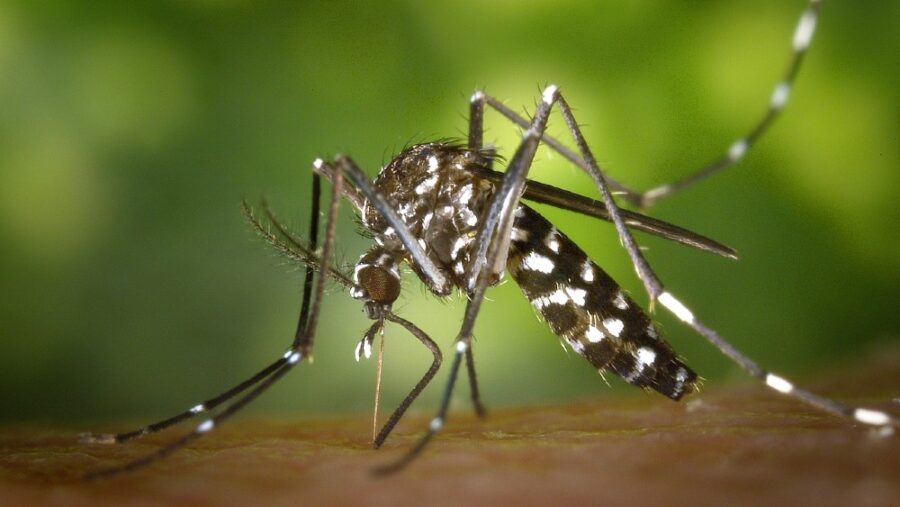
Mosquitoes, long known to track humans by sensing carbon dioxide, which we breathe out, have been discovered to be using infrared radiation to locate us. If you’ve ever noticed that mosquitoes seem to be able to find you in the dark, when it’s windy, and when you’re wearing long sleeves, it might be because these skilled host detectors rely on multiple senses, including the ability to sense our body temperature alongside our infrared signature.
While mosquitoes’ unique ability to find us is often just an annoyance in the US, it can be the source of deadly infection around the world, so new research on how they find us is an important contribution to fighting tropical diseases like malaria and dengue fever.
Humans Can’t Detect Infrared
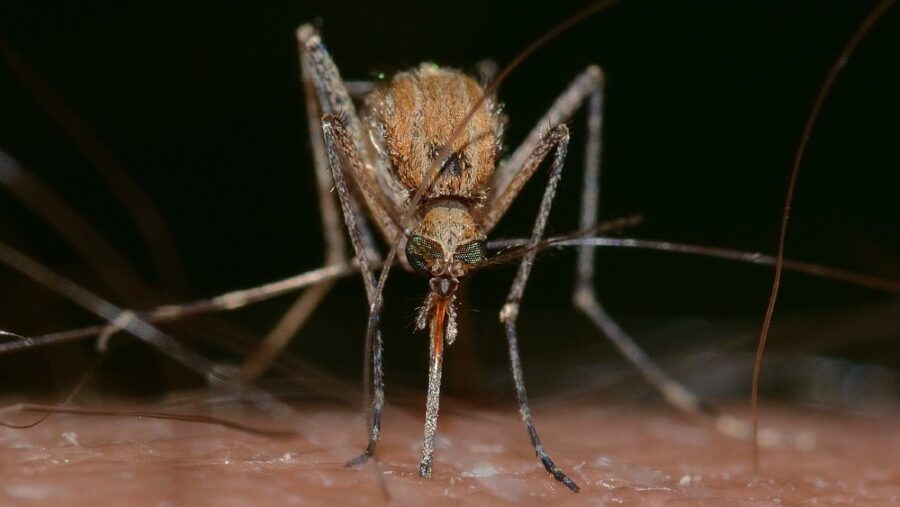
When heat leaves our bodies, it is converted into energy through electromagnetic waves. Humans can’t detect these waves without special equipment to observe them, but some prey-seeking animals, like vampire bats and pit vipers, can sense infrared wavelengths and use them to track down their prey. Scientists studying mosquitoes wondered if they also use infrared sensing in their repertoire of tracking abilities to find their hosts.
Testing The Hypothesis
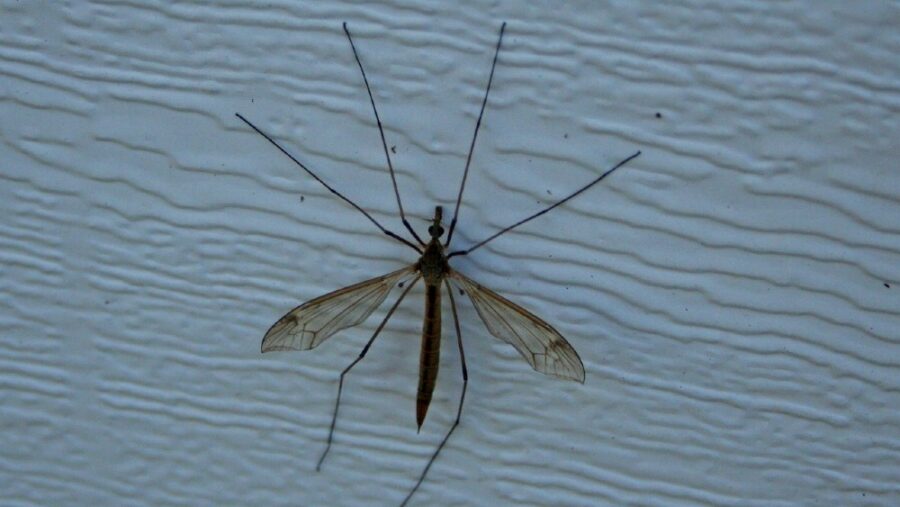
To test their hypothesis, researchers at UC Santa Barbara, led by Avanish Chandel and Nicholas DeBobien, exposed two groups of female mosquitoes in an enclosure to human odor and CO2 at the concentration that people exhale. One group of mosquitoes was also exposed to infrared radiation from a heat source at the same temperature as human skin, and it was found that twice as many mosquitoes in that group exhibited host-seeking behavior. The researchers concluded in their study published in the journal Nature that the mosquitoes were reacting to the infrared radiation in addition to the other stimulus.
Evolved To Seek Down Humans
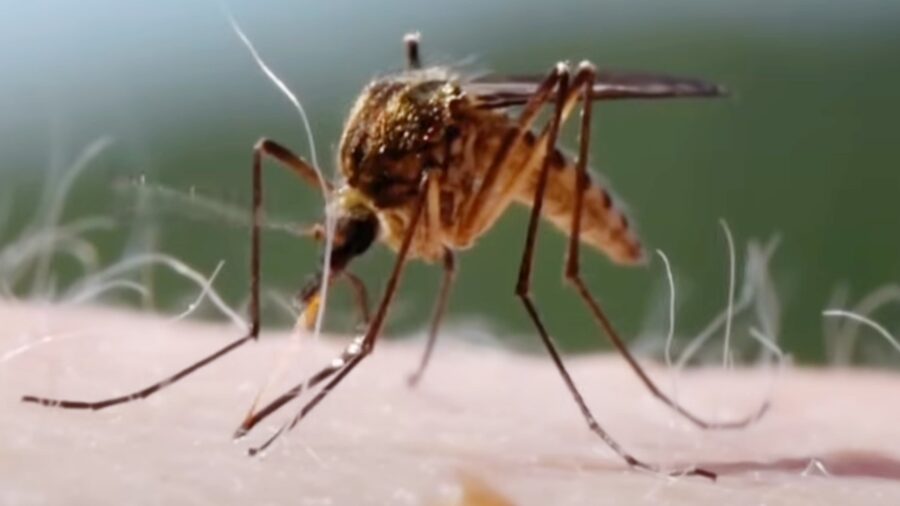
Animal eyes aren’t geared toward detecting infrared radiation because they don’t activate the proteins involved in sensing light. So, the UCSB scientists posited that perhaps the particular wavelength that the mosquitoes were sensing from our skin was activating neurons that were warmed at this specific frequency of infrared radiation. They discovered that the mosquitoes had receptors at the ends of their antennae that are attuned to the frequency of infrared waves of the length produced by human skin.
Isolating The Protein
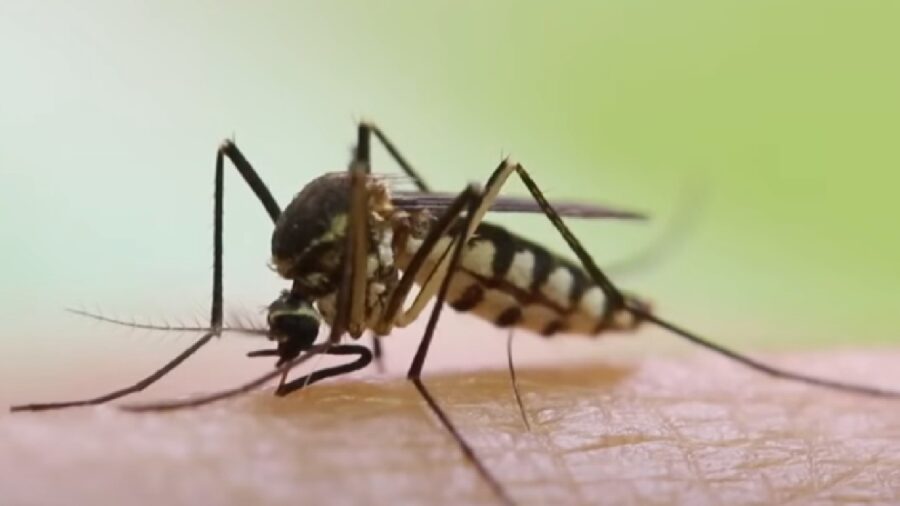
The discovery that these researchers made also included the revelation that rhodopsin proteins previously associated only with sight also had a subset of proteins that reacted to exposure to slight temperature changes as well as taste and smell. This additional information helped the team to understand how mosquitoes sense infrared radiation from farther away as well as in close proximity as they zero in on their host. The receptors on the mosquitoes’ antennae act as close-range detection equipment, while the ones in their rhodopsin tend to be used for longer-range detection.
Infrared Blocking Techniques
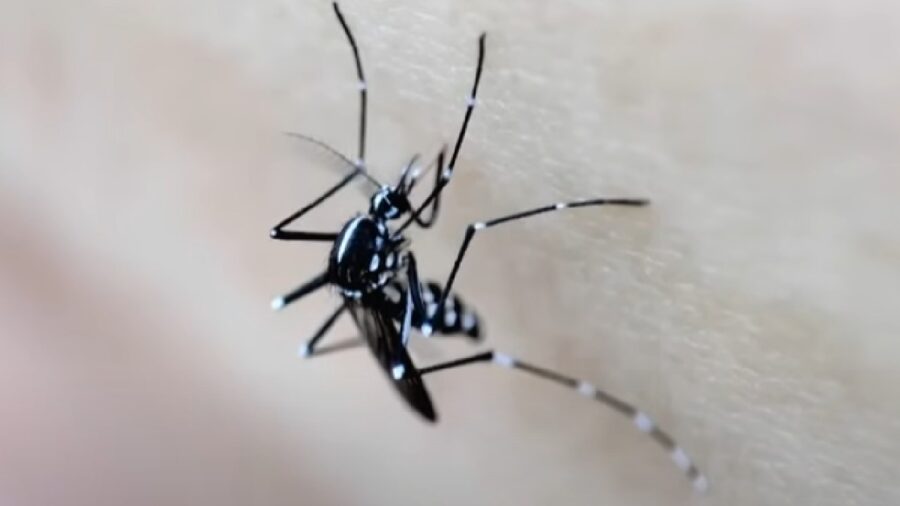
Because mosquitoes are so dangerous for their disease-spreading bites, the discovery that they heavily rely on infrared sensing to detect hosts can help to prevent bites and the consequent illnesses that come with them. Wearing loose-fitting, synthetic fiber clothing can reduce the amount of infrared radiation that humans put off, giving us another way to cut down on bites. This discovery could help people avoid bites by wearing mosquito deterrent clothing and using other infrared blocking methods, saving untold numbers of lives.
Source: Nature











